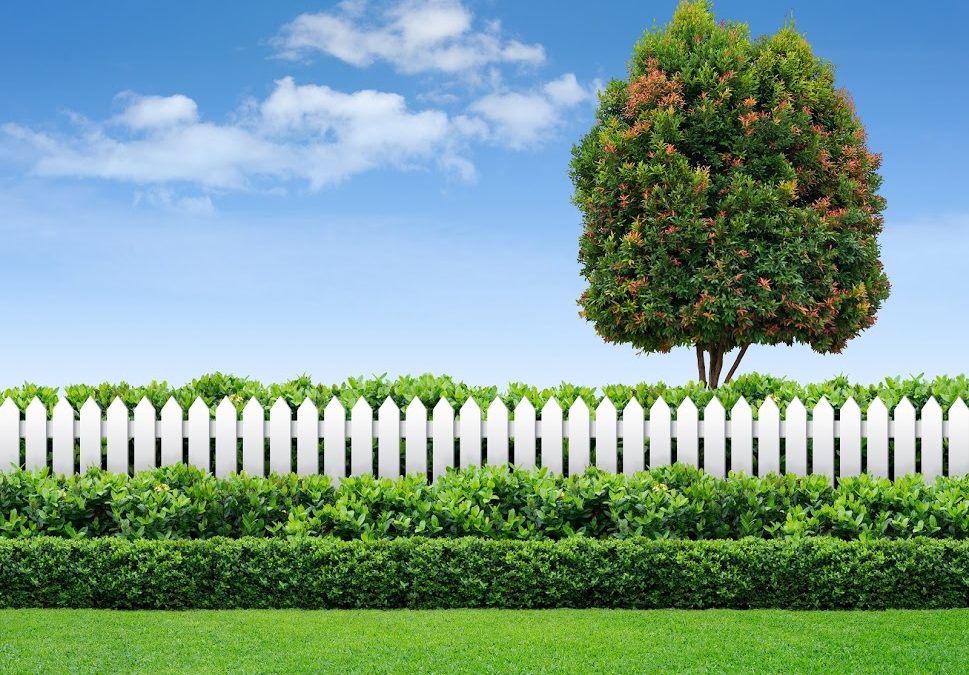There are many different flowers, trees, and shrubs that you can choose to plant around your home. From perennial grasses and gardenia shrubs to flowering dogwood and crepe myrtle trees, the possibilities are almost endless. However, if you want instant color, texture, and appeal, consider implementing a few boxwood shrubs into your landscape design.
While a durable shrub, boxwoods do require proper planting and care to ensure they grow in a healthy and efficient way. With this guide and the help of your landscaping pros, you will be able to plant and maintain your boxwood shrubs.
Planting Boxwoods
There are many boxwood varieties available and they range in height from just a few inches to 20 feet tall at maturity. Knowing which type of boxwood is right for your landscape will depend on where you choose to plant it.
If you are hoping to create a hedge in front of or alongside the home, opt for a variety of dwarf boxwood shrub. Be sure you leave enough space between each of these shrubs to ensure they have sufficient room to grow up and grow wide.
It is also important to note that boxwoods grow best in areas with partial shade, since heavy exposure to full sun can be harmful to them. Well-drained soil is ideal because excess moisture increases the risk of fungal growth, which could potentially kill your boxwood shrubs.
Water the shrubs immediately after planting and continue watering the shrubs and surrounding the soil and mulch each day if planted in warmer weather.
Maintaining Boxwoods
Proper planting is important but maintenance is also required to ensure your boxwood shrubs continue to grow and thrive.
Continue watering your boxwood shrubs weekly, at least, until the roots have established themselves completely, which can take to a couple of years. Once established, your boxwood shrubs will only require light watering during periods of high heat or drought.
As with most plants, boxwoods can benefit from periodic fertilization, especially if they are showing signs of distress. If any of the lower leaves are starting to yellow or they are starting to drop, the boxwood is suffering from a nitrogen deficiency.
Apply a nitrogen-rich fertilizer to the boxwood in the fall. Make sure the soil and mulch surrounding the boxwood are moist before applying the fertilizer. This will ensure the fertilizer’s nutrients seep into the underlying soil and roots effectively.
Pruning is probably the most challenging aspects of maintaining boxwood shrubs. There are a few reasons you might want to prune. For example, you may want to remove dead or diseased leaves and limbs. Or, you may want to take off some of the shrub’s height or create a more streamlined look if you are growing a boxwood hedge.
Timing is somewhat important when pruning your boxwood shrubs. You should avoid the late summer or early fall, though, since it leads to new growth, which will only freeze and die off in the winter.
Pruning once a year using hand shears is ideal if you want to avoid extreme overgrowth.
If your boxwood shrubs have already reached the point where they will be considered overgrown, you will need loppers, which are larger pruning shears used to make larger cuts. Loppers allow you to cut down the main branch in addition to connecting limbs and foliage to create the rounded look you want for your boxwoods.
While somewhat easy to grow and maintain, especially compared to other shrubs, boxwoods require proper understanding. This guide will help you understand how to not only plant your shrubs, but also grow them so they are healthy and appealing. For more help with your boxwoods or any other landscaping needs, contact Schulhoff Tree & Lawn Care, Inc.

